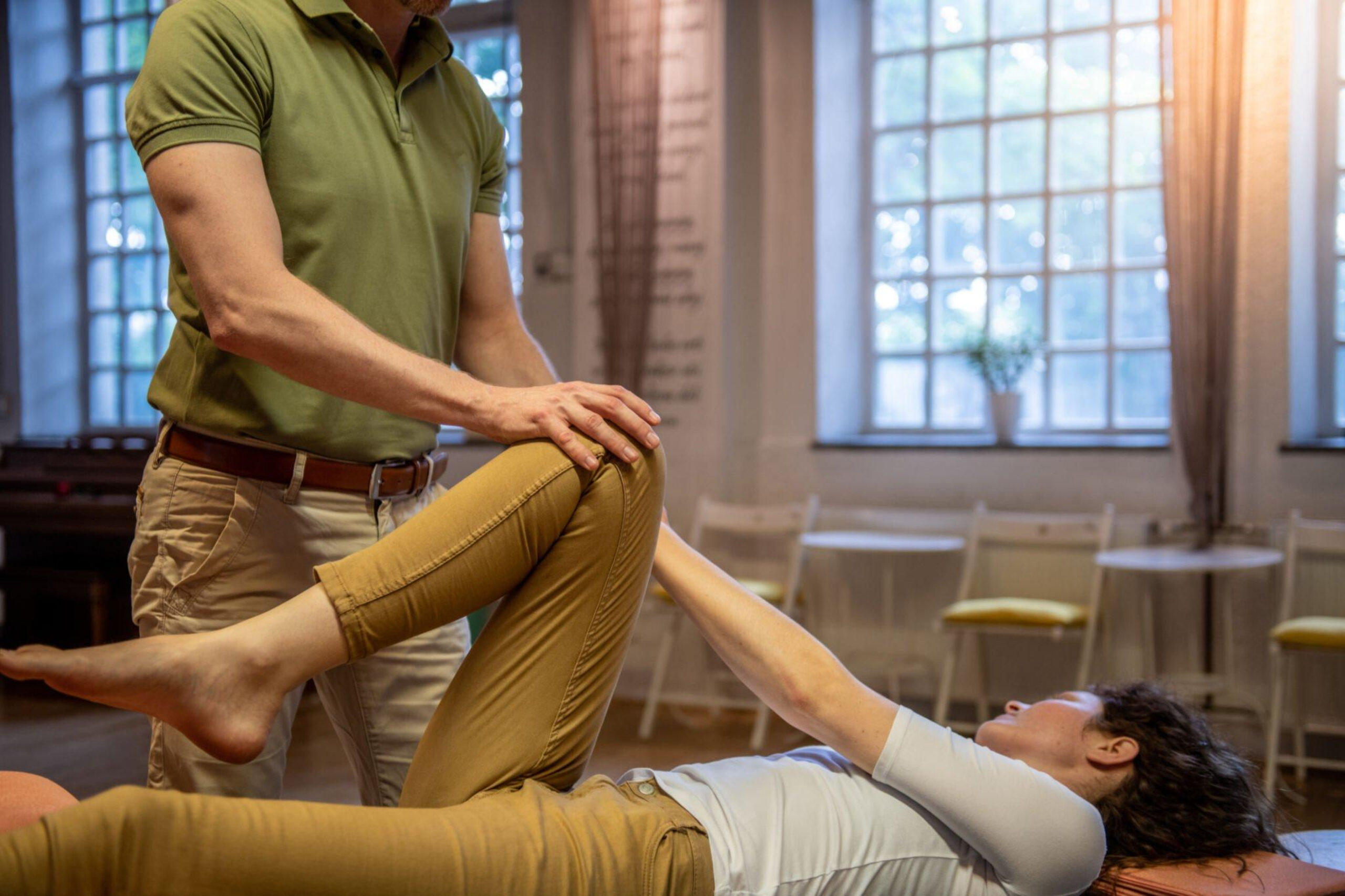Regarding movement and exercise, various approaches and techniques are available, each with its unique benefits. Two terms often used in the health and wellness industry are “exercise” and “somatic movement.” While they both involve physical activity, their focus and approach differ. This blog post will explore the difference between exercise and somatic movement, shedding light on their distinct characteristics and benefits.
What’s the Difference Between Exercise and Somatic Movement?
Somatic Movement
Somatic movement, in essence, is a form of movement performed consciously, with the intention of focusing on the internal experience rather than the external appearance or outcome. The term “somatic” is derived from the Greek word “sō-mă,” which means the body. It has long been used in medical terminology, such as somatic cell, somatic nervous system, somatic disorder, and bodily pain.
Furthermore, it encompasses various modalities, including somatic yoga, somatic experiencing, somatic psychology, somatic therapy, and somatic dance therapy. One particular aspect, somatic education, was coined by Thomas Hanna, a student of Dr. Moshe Feldenkrais. Somatic education methods involve sensory-motor education that utilizes bodily movement to enhance motor control, sensation, and the modification of learned muscular patterns. Many individuals find these methods highly effective in relieving chronic pain, improving bodily function, and recovering from common musculoskeletal conditions.
Awareness is necessary to shift the body and mind from a lack of choice to multiple options that restore movement and wellness.
Exercise
Conversely, exercise generally refers to physical activities performed to improve fitness, strength, endurance, or overall health. It often involves repetitive movements targeting specific muscle groups or cardiovascular endurance. Common forms of exercise include running, weightlifting, aerobics, and team sports. The primary focus of exercise is to achieve desired physical outcomes, such as weight loss, muscle gain, or cardiovascular fitness.
How Exactly Does Somatic Movement Work?
To be most effective, somatic movement should be performed slowly, allowing the human nervous system, responsible for controlling posture and movement, to learn new patterns gradually. With practice, one can gradually increase movement speed while maintaining form and control. When movements are performed quickly, they do not facilitate learning new patterns but reinforce existing ones.
The quality of time you spend practicing awareness is much more important than the quantity.
Conscious attention is crucial; we enhance the learning process by directing our complete internal focus and attention. Awareness of our body and movements allows for discovering new sensations and patterns, improving motor control and function.
Somatic practice is exploratory by nature, even when practiced to improve specific aspects such as posture or movement. The focus remains on the internal experience of the movement, rather than solely on the end result. This can be challenging for some individuals to grasp, as it deviates from the typical mentality of pursuing quantifiable results. Moreover, quality, and internal experience take precedence over quantity.
What is Somatic Education?
Somatic education has gained traction since the early-to-mid 1900s through the development of various methodologies such as the Feldenkrais Method®, Alexander Technique, Rolfing, and Hanna Somatics. These programs emphasize developmental movements and tap into the potential and adaptability of the central nervous system to enhance human function by increasing self-awareness in movement.
It aims to “de-program” habitual fixations resulting from injury, illness, poor posture, or faulty learning that led to counter-productive movements and compromised joint alignment. Growth is not a matter of learning added information. Still, sometimes, it is unlearning old limits or, as Dr. Feldenkrais would say, consciously interrupting habits or compulsions that have outlived their usefulness. Compulsiveness is an expression of lack of consciousness. You don’t have to fight it. Don’t try to counter it. Don’t try to beat it forcefully. You just have to become conscious. If you are more aware, the compulsive patterns will disappear. If you turn on the lights, the darkness is gone. You don’t have to fight with it. If you fight with darkness, you are in an endless fight. By reconnecting individuals to their innate capacity for feeling, thought, and action, somatic education programs improve movement coordination and the collaborative functions of the skeletal, muscular, and nervous systems.
The best of both worlds: Somatic Exercise
As strange as it may seem, it is possible to experience ‘exercise’ from a somatic perspective. When doing so, the result is that we shift our thinking of self as ‘parts’ such as a leg, a particular muscle group, or joints. We begin to experience the relationship between the parts of ourselves consciously. And, in doing so, we start to experience the wholeness of who we are. More importantly, our association or relationship between the parts transforms our thinking. The connection becomes a bridge linking the mind and the body so that they move in harmony; entire movement patterns improve and become more efficient and functional. These more efficient and practical patterns make all exercises and functions more accessible and powerful.
Somatic Movement Tips Applied to Exercise
Move with intention & compassion: pay attention without judgment.
Speed matters: go slow.
Experiment with not being ‘perfect.’ Vary the movement a little.
Position matters: challenge yourself to experience the same movement but in a different position: lying, kneeling, sitting, standing.
Force reduction: back off.
Reflection time: take a pause in between sets of exercises. Notice and ask, “Which parts support me now? What is different?”
To learn more about somatic education and its transformative impact on movement patterns, consider scheduling a call with Montgomery Somatics or contact us for further information at 812-344-4119. Embark on a journey of self-discovery and unlock your body’s potential through somatic education today!

